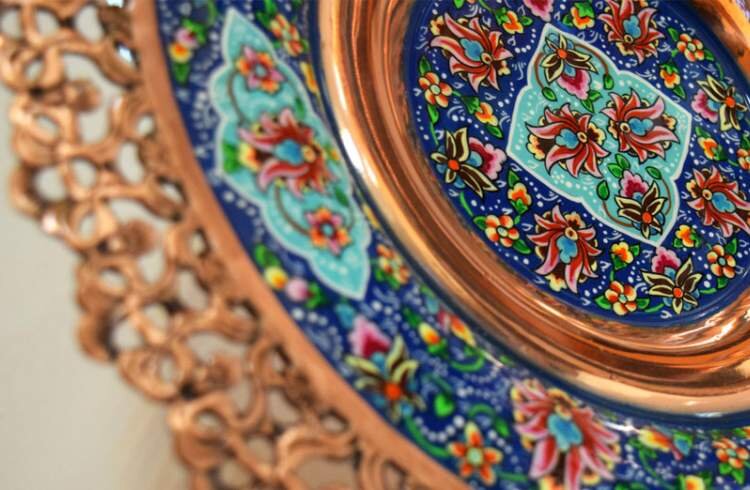‘Handicraft industry can play key role in creating employment, attracting tourists’

TEHRAN – The handicraft industry can play a key role in creating employment, promoting business prosperity, and attracting tourists, the deputy tourism minister has said.
Iran is home to wide-ranging handicrafts including embroidery, metalwork, woodwork, wickerwork, miniatures, and jewelry, Ali Darabi announced on his Instagram page on Monday.
Though the country is the third-largest producer of handicrafts in the world, it ranks the forty-fifth exporter of handicrafts, the official added.
One of the key grievances of the Iranian craftspeople is this great backwardness and the need to expand their share of the world’s large export market, he noted.
Among the criticisms of artisans and craftsmen are the lack of law to protect them, the poor state of their insurances, the very low budgets and credit lines, and some inefficient government management methods, he explained.
Moreover, there is a lack of comprehensive statistics in the handicrafts sector, as it is estimated that over two million people work in this industry while only 530,000 have work permits, he mentioned.
He also noted that as part of the tourism ministry’s future policies and programs, the handicrafts sector is set for a major change.
Wide-ranging handicrafts
With 14 entries, Iran ranks first globally for the number of cities and villages registered by the World Crafts Council, as China with seven entries, Chile with four, and India with three ones come next.
In January 2020, the cities of Shiraz, Malayer, and Zanjan and the village of Qassemabad were designated by the WCC- Asia Pacific Region, putting Iran’s number of world crafts cities and villages from ten to 14.
The value of Iran’s handicrafts exports stood at $120 million during the first eleven months of the past Iranian calendar year 1399 (March 20, 2020 – February 18, 2021), Mehr reported. The country’s handicrafts exports slumped during the mentioned months in comparison to the same period last a year earlier due to the damage the coronavirus pandemic has inflicted on global trade.
The Islamic Republic exported $427 million worth of handicrafts during the first eleven months of the calendar year 1398. Of the figure, some $190 million was earned via suitcase trade (allowed for customs-free and tax-free transfer) through 20 provinces, according to data compiled by the Ministry of Cultural Heritage, Tourism and Handicrafts.
Ceramics, pottery vessels, handwoven cloths as well as personal ornamentations with precious and semi-precious gemstones are traditionally exported to Iraq, Afghanistan, Germany, the U.S., the UK, and other countries.
ABU/AFM
Leave a Comment